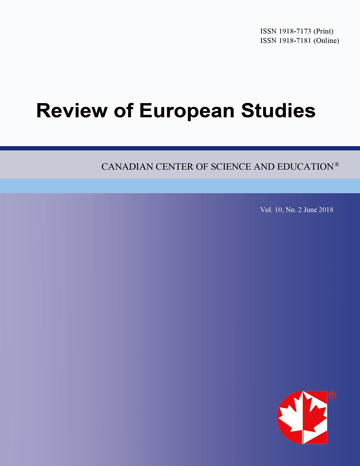Finding High Risk Persons with Internet Tests to Manage Risk—A Literature Review with Policy Implications to Avoid Violent Tragedies, Save Lives and Money
- Robert John Zagar
- Agata Karolina Zagar
- Kenneth G. Busch
- James Garbarino
- Terry Ferrari
- John Russell Hughes
- Gordon Patzer
- Joseph W. Kovach
- William M. Grove
- Steve Tippins
- Steve Imgrund
- Judge Julia Quinn Dempsey
- Brother Benjamin Basile
Abstract
The goal is to share policy implications of sensitive, specific internet-based tests in place of current approaches to lowering violence, namely fewer mass murders, suicides, homicides. When used, internet-based tests save lives and money. From 2009-2015, a Chicago field test had 324 fewer homicides (saving $2,089,848,548, ROI=6.42). In 60 yrs., conventional approaches for high risk persons (e.g.,. inappropriately releasing poor, severely mentally ill) led to unnecessary expense including yearly: (a) 300 mass murders (59% demonstrating psychiatric conditions); (b) 1-6% having costly personnel challenges; (c) 2,100,000 “revolving door” Emergency-Room (ER) psychiatric admissions (41,149 suicides, 90% mentally ill); (d) 10,000,000 prisoners (14,146 homicides, 20% psychiatric challenges). Current metrics fail [success rates from 25%-73%: (1) for background checks (25%); (2) interviews (M=46%); (3) physical exams (M=49%); (4) other tests (M=73%)]. Internet-based tests are simultaneously sensitive (97%), specific (97%), non-discriminatory, objective, inexpensive, $100/test, require 2-4 hrs.
- Full Text:
 PDF
PDF
- DOI:10.5539/res.v8n1p212
Index
- ACNP
- CNKI Scholar
- DTU Library
- Elektronische Zeitschriftenbibliothek (EZB)
- EuroPub Database
- Excellence in Research for Australia (ERA)
- Genamics JournalSeek
- Google Scholar
- Harvard Library
- HeinOnline
- Infotrieve
- JournalTOCs
- Mir@bel
- Open policy finder
- RePEc
- ResearchGate
- ROAD
- Scilit
- Technische Informationsbibliothek (TIB)
- The Keepers Registry
- Universe Digital Library
- WorldCat
Contact
- Paige DouEditorial Assistant
- res@ccsenet.org
